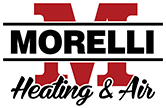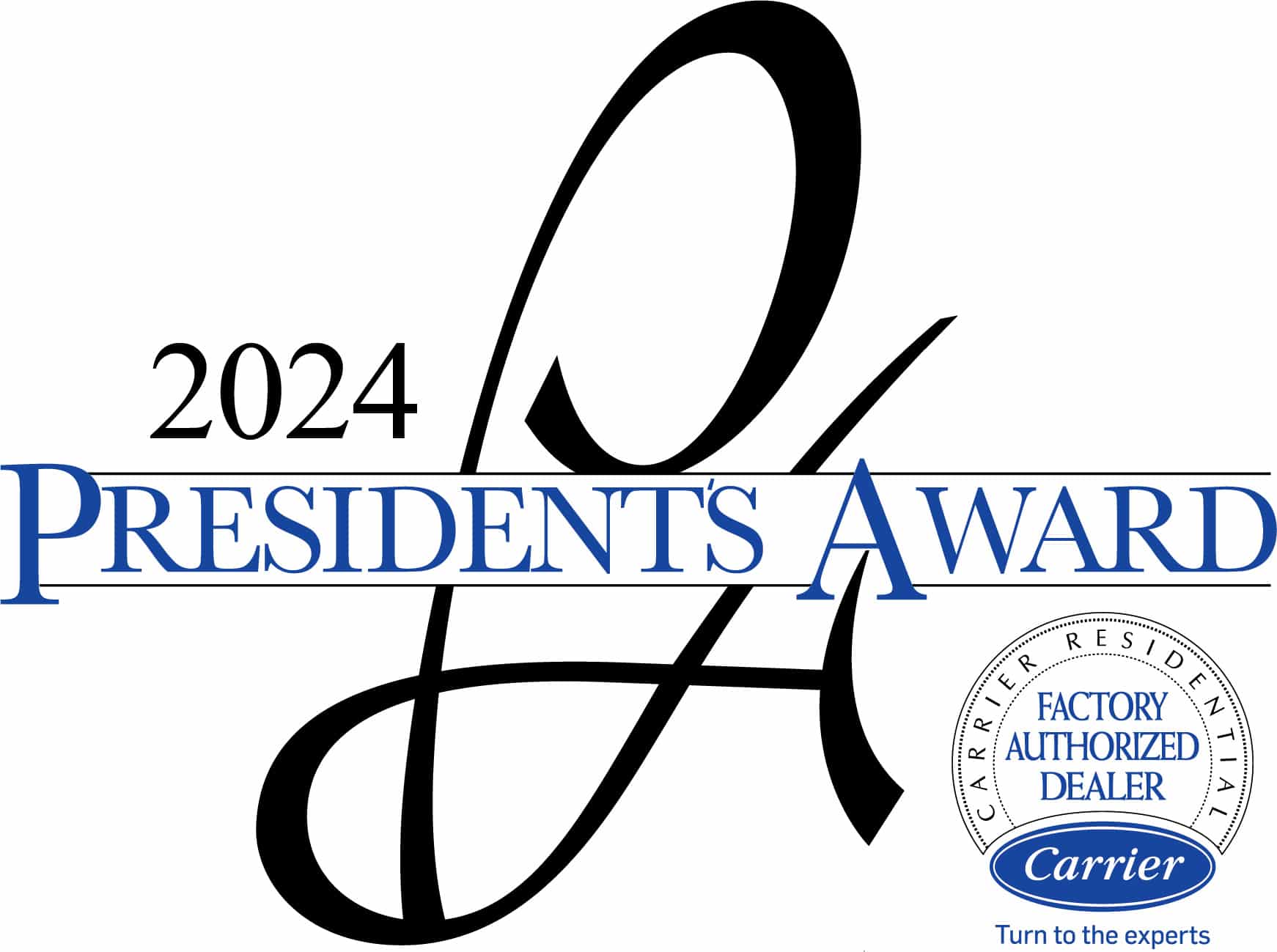Your HVAC is the single biggest energy consumer in your house, followed in a distant second by the refrigerator. Whether you are running the air conditioning or heater, the power needed to change the temperature and distribute massive cubic feet of air takes a lot of electricity – but why should it take more than necessary? Your home energy costs are directly related to your home’s airflow containment and efficiency.
You can lower your utility bills and increase the comfort of your home with just a few simple and affordable home improvement tasks. Most homes are a little draftier than they should be, losing air efficiency. Many HVAC units are also poorly maintained, slowly costing more to heat and cool with every coming year. Check your power bill for year-on-year increases and get your caulk gun ready. Let’s dive into the best DIY and professional ways to reduce energy costs with good airflow improvements.
Re-Caulk Your Windows
An efficient window is well-sealed into the frame, only allowing air to pass when the mobile part of the window is open. If your windows rattle even a little, they let your precious conditioned air out of the house and let seasonal heat or cold indoors. Fortunately, the answer is both simple and fun. Load up your caulk gun with a little classic windowsill caulk or silicone sealant. Lay a bead along the edge of your window, where the glass meets the frame and where the frame meets the wall. Anywhere your window could be loose and allow air leaks, seal it closed. This is, of course, for the stationary section and for windows that do not open.
Install Weather Stripping on Doors and Windows
Weather stripping is for doors and the opening part of your windows. Weather stripping is flexible rubber or plastic, often with a fabric side that helps form a sturdy yet soft seal when the door or window is closed. Cold and hot air cannot pass through weather stripping, so that each aperture is fully closed when you mean it to be closed. This way, your air and energy efficiency isn’t lost through drafts around loose windows or high-set doors.
Keep Up With Your HVAC Filter Replacements
Your HVAC needs just a little monthly care to give its best performance. For clean, efficient airflow, you’ll need to keep a fresh filter in the HVAC intake. This is where fresh air is pulled into the HVAC unit. If the air is dusty or dirty, that dust will actually build up on the coils causing efficiency loss and eventual damage. Plus, dust gets blown around through your home.
If the filter gets clogged, you lose intake power, and the HVAC uses more electricity for less cool air. Just swapping out that filter every one to six months can keep your HVAC running smoothly and efficiently most of the year.
Have Your HVAC Tuned Up Annually
Like any appliance, an HVAC needs to be inspected and subject to minor repairs every few years. The smart approach is to schedule an annual HVAC service to ensure there is no trouble on the horizon and replace wearing-down parts before they actually break. Even if you have a busy schedule and an HVAC that gives you no trouble, an inspection every two to five years will help prevent the next critical failure at an inopportune moment.
Call for an HVAC inspection if it’s been more than two years, you perceive strange noises or smells, or if your HVAC is not performing at optimum efficiency.
Update Your Thermostat – Consider a Smart-Home Thermostat
An old thermostat can also be the culprit for inefficient HVAC performance. Thermostats whose internal thermometer or electrical components are no longer accurate may keep your AC running longer than it should or inaccurately measure when to switch off. You may have an ancient battery-powered thermostat (regularly in need of new batteries to perform efficiently) or a thermostat installed so many decades ago that it doesn’t even match the HVAC model anymore.
Consider a new, efficient thermostat and possibly a smart-home thermostat while you’re making the internal wiring upgrade. This will allow perfectly accurate control of your HVAC power use and even programmatically avoid over-using the HVAC as seasons and schedules change.
Have Your Home Ducts Air-Balanced
Most people don’t know that air-balancing is essential to reduce home energy costs. Air-balancing is how your HVAC technicians make sure that the same amount of cool or warm air reaches every room in the house. Without air balancing, most of the conditioned air would pour through the nearest vent in the duct system. You’d have one frozen room and the rest overheating in the summer, or one sauna in an icebox house in the winter.
Air balancing uses iris-shields to control how much air gets to each vent – and how much is sent along to the next vent in the duct system. If you have rooms that are always too cold or dead spots that are never quite conditioned enough, your home needs fresh air-balancing. This isn’t just for comfort. An air-balanced home provides more accurate thermostat readings, and is more energy-efficient throughout the entire house.
Install Attic Ventilation
Attic ventilation is another essential yet under-recognized part of a complete home airflow design. How air flows through your attic will determine if you lose or retain conditioned air through the top of your house. Good attic ventilation can also reduce the risk of dry rot and even encourage snow to slide off efficiently in the winter. Have your attic ventilation inspected and, if you don’t have a vent system, have one installed.
Have Your Roof Fans & Vents Maintained
Most homes have two or three roof vents that also play an important role in HVAC efficiency. Your stove hood vent and bathroom fans all suck air from inside the house and send it directly out through the roof. Have your roof vents inspected and the fans cleaned or replaced. Then, don’t leave your stove or bathroom fans running unless necessary – as they reduce your internal air efficiency.
Watch Your Utility Bills
Even if you can’t find a cold draft or rattling window, you may still notice inefficiency in your HVAC: in your utility bill. If cooling is more expensive each summer, this can mean your HVAC is losing efficiency over time and needs to be maintained – or soon replaced. Don’t let your energy costs stack up from invisible HVAC maintenance needs. Call for an HVAC inspection and repair. Chances are, there’s a dying blower fan or a dust-covered coil stealing your efficiency that could be quickly fixed by a professional HVAC technician – often in just a few moments.
Call for AC Repair Services at the First Sign of Trouble
If you want low energy bills and a comfortable home experience, don’t hesitate to do a few home improvements and call for HVAC repairs at the first sign of trouble. Rattling, banging, and funny smells are all immediate-repair signals. Weak air, imbalanced airflow, and high utility bills are all signs that repairs could save you money and comfort.
Morelli Heating and Air is here for all your HVAC needs. Contact us today for HVAC inspections, repairs, and replacements to make your home as efficient and comfortable as possible.









Excellent! Please Rate us 5-stars
...and leave a helpful review.
Would you recommend Morelli Heating and Air?